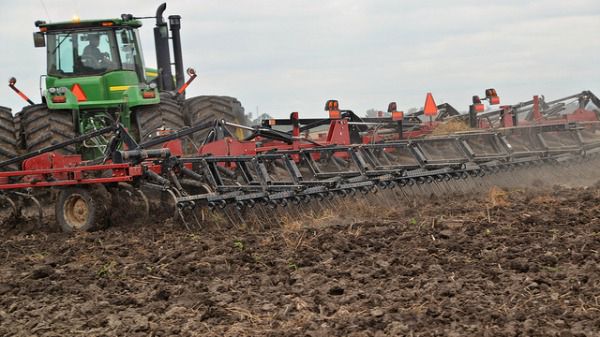Tilling and Soil Wetters Benefit Local Crops
Published on by Naizam (Nai) Jaffer, Municipal Operations Manager (Water, Wastewater, Stormwater, Roads, & Parks) in Academic
They’re some of the findings from a series of trials undertaken recently by researchers from the Department of Food and Agriculture WA (DAFWA)
In some cases, crops established more quickly and yields increased by more than 80 per cent with a combination of tillage and wetting agents.
The findings were outlined by DAFWA soil researcher Dr Stephen Davies at the Grains Research and Development Corporation’s grains research update held at the Perth Convention Centre this week.
The researchers tested the effects of wetting agents to help soils absorb more water as well as strategic, one-off tilling of sandy gravel soils at West Midlands (Badgingarra and Moora) and forest loam soils around Kojonup east of Perth.
Water repellent soils are a concern for farmers as they can reduce productivity.
More than three million hectares of land in the south-west agricultural region is considered to be at risk of soil water repellence.
At the GRDC grains research update, Dr Davies outlined the results of the trials.
“At West Midlands, the strategic tillage approach gave superb results—wheat establishment improved by 60 per cent and yield by 85 per cent an increase of 1.5 tonnes per hectare, compared with the unploughed treatments,” he said.
“At Kojonup, strategic tillage gave excellent results in forest loamy gravels and the soil wetters also worked very effectively.
“Strategic tillage on these forest gravels increased establishment by up to one-third and increased yield by 50 per cent or more, an actual yield increase of more than 1.3 t/ha.
“The soil wetters increased barley establishment by 10 to 70 per cent, depending on the treatment.
They found yield increased from 15 to 30 per cent, representing an increase of 0.5 to 1.0 t/ha of extra grain yield.
With the sandy gravel soils at Badgingarra, soil wetters did not have a great effect on plant establishment and yields.
“At this stage, it looks like strategic tillage is one of the better options for managing repellence on those soils [sandy gravels],” Dr Davies explained to his audience at the GRDC update.
“With forest gravels [such as Kojonup], it seems the wetting agents are an exceptionally good option for a relatively low cost,” he said.
Attached link
http://www.sciencewa.net.au/topics/agriculture/item/4078-tilling-and-soil-wetters-benefit-local-cropsTaxonomy
- Agriculture